NYC's 530 Fifth Gets Upgrade, Shows Retail Demand Continues to Expand
The new owners of 530 Fifth Ave. in Manhattan are targeting fashion tenants as they upgrade and reconfigure the building's retail spaces -- and are riding the crest of a wave that shows the world-famous corridor is once again seeing rising rents for the sector.
By Gail Kalinoski, Contributing Editor
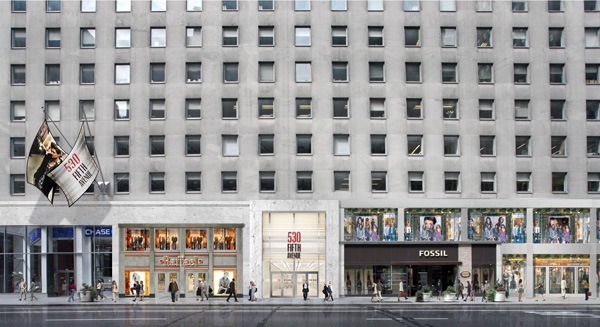
Hoping to take advantage of a hot Fifth Avenue retail market, the new owners of 530 Fifth Ave. in Manhattan are targeting fashion tenants as they upgrade and reconfigure the building’s retail spaces.
The partnership of Jamestown Properties, Rockwood Capital, Crown Acquisitions and Murray Hill Properties bought the building earlier this year from Joseph Moinian and the Chetrit Group for $390 million. Located between West 44th and West 45th Streets on Fifth Avenue, the 26-story building has about 500,000 square feet of space, most of it offices. The new owners are planning $20 million in renovations to restore it to Class A standards and upgrade and reconfigure the retail spaces.
The retail spaces being marketed offer various configurations for the cellar, ground and mezzanine levels, ranging in size from 15,000 to 41,500 square feet. There will be an option to connect spaces vertically and horizontally, which could be attractive to larger fashion brands. The changes would also give new tenants an opportunity to get nearly a full block of retail space on Fifth Avenue.
“The opportunity for a retailer to take a corner, multi-level flagship in a market like this is a rare one, and part of what makes this project special. There is no other such property south of Rockefeller Center,” said Haim Chera, principal at Crown.
“With more than 500,000 people passing the building on a daily basis, this building is perfect for a retailer looking to make a statement,” added Michael Phillips, chief operating officer of Jamestown. “The large reconfiguration option is a great choice for a retailer looking for a new flagship location, amid brands such as Tommy Bahama, Joe Fresh, Urban Outfitters, Zara and H&M that are already establishing Lower Fifth Avenue as a retail destination.”
One company that had hoped to make that location its flagship was Syms Corp. the off-price retailer that had planned to take the full block for itself and Filene’s Basement, the discount chain it owned. The company had signed a lease for 34,000 square feet at 530 Fifth Ave. in 2010 and had expected to open this past fall until it declared bankruptcy.
The building owners are optimistic that other retailers will also want to take advantage of the Lower Fifth Avenue location, which has seen year-to-year increases in both asking rents and availability, according to Cushman & Wakefield’s fourth-quarter 2011 Market Retail Snapshot report for Manhattan. The stretch of Fifth Avenue between 42nd and 49th Streets saw asking rents spike more than 65 percent in 2011 to a year-end average of $888 per square foot. The Cushman & Wakefield report stated the 530 Fifth Ave. retail space was being marketed at $1,000 per square foot. By comparison, the Upper Fifth Avenue corridor from 49th to 60th Streets are still getting the most rent for retail space – $2,388 per square foot at the end of 2011, up $313 per square foot from the previous year, according to the survey.
Joanne Podell, a Cushman & Wakefield executive vice president, told Commercial Property Executive she isn’t surprised at the activity on Lower Fifth Avenue and the climbing rents.
“The tenants and the markets recognize the strength of Fifth Avenue,” she said, adding that there is very little availability above 51st Street. “The natural progression is for people to go south.”
Podell said she expected Lower Fifth Avenue to continue to be attractive to retailers because “there is a significant combination of foot traffic coming from tourists, office users and people that live nearby.”
She predicted that the stretch between 42nd and 44th streets will also see a jump in fashion retail tenants. “It’s already starting,” Podell said.
Steven Spinola, president of the Real Estate Board of New York, called that a “spillover demand,” in the board’s Fall 2011 Retail Report.
“Tourists continue to visit New York City, and particularly areas such as Fifth Avenue, a world-renowned shopping destination. Even in tough economic times, these areas will perform well and will increase demand for adjoining areas, creating a spillover effect,” Spinola said.



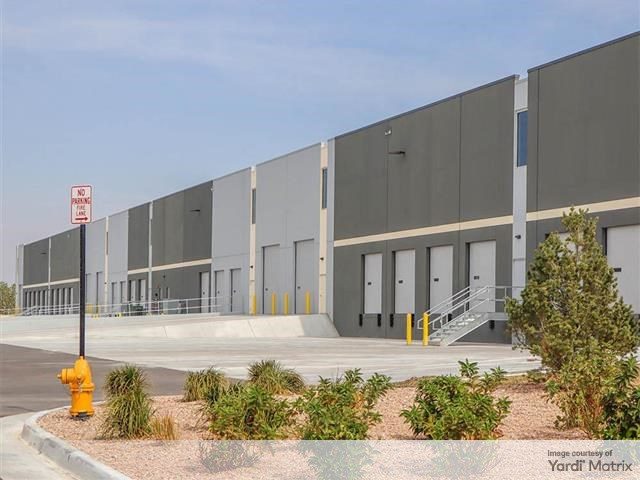
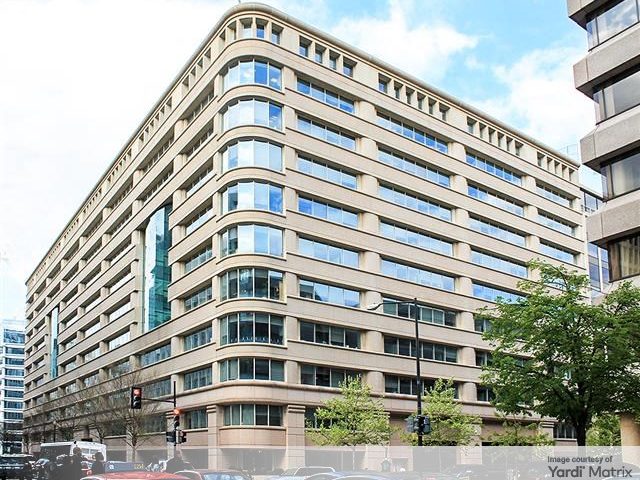
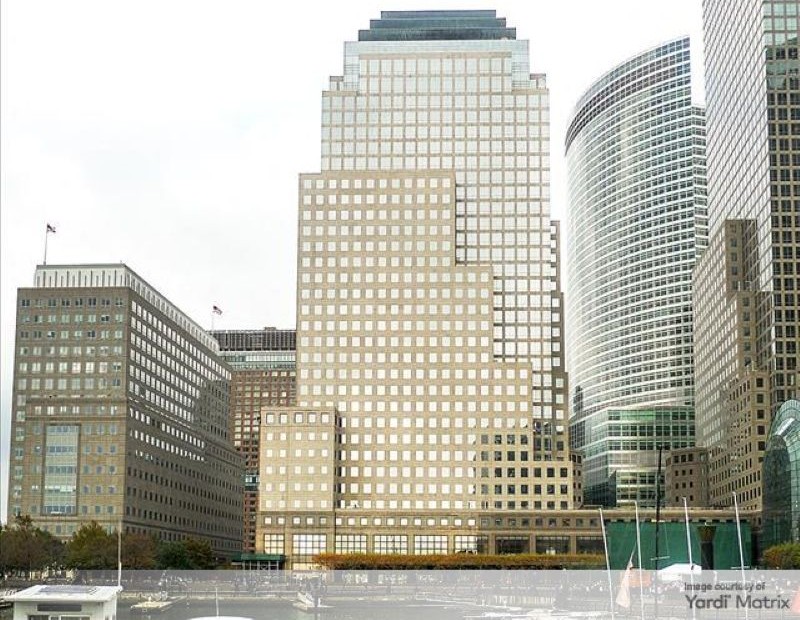
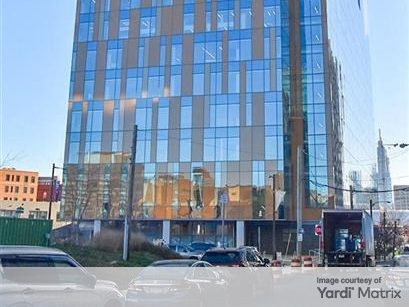
You must be logged in to post a comment.